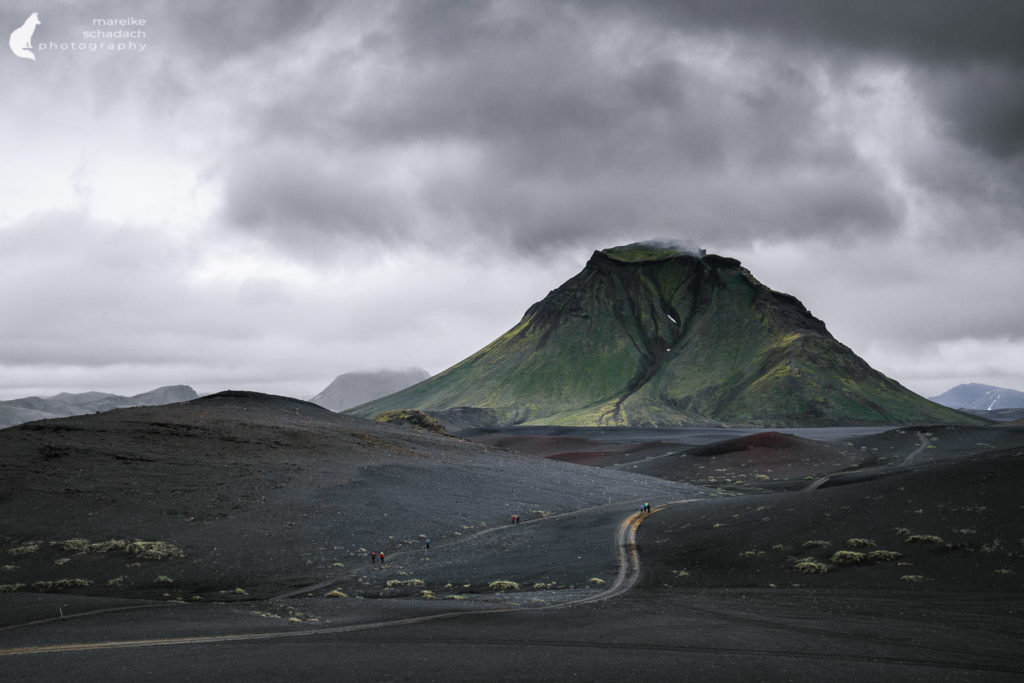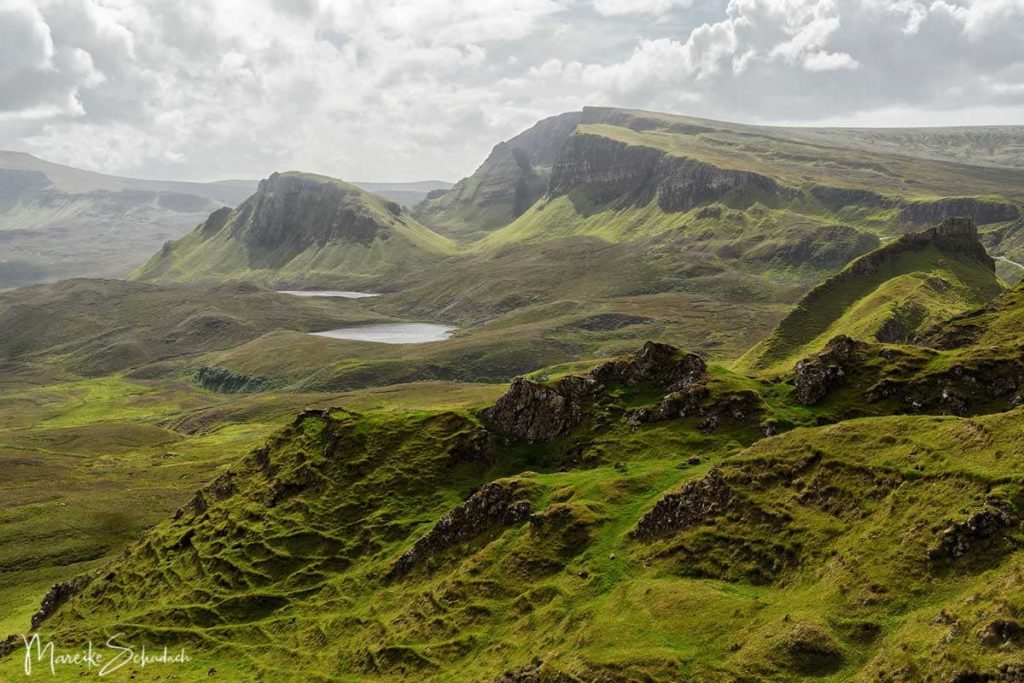The other day I stumbled across a book on the internet with a very extraordinary title: "How to Shit in the Woods" by Kathleen Meyer. Our love of nature is taking an ever-increasing toll. But many people are not always aware of the impact their outdoor activities and generally their "green" outdoor life have on nature. This topic is by no means new. As early as the 1960s and 1970s, the steadily growing number of visitors pushed some national parks in the USA to the limits of their capacity. Rules of conduct for outdoor activities became necessary and the "Leave no Trace" idea was born.
The Leave no Trace principle was introduced in the mid-1980s by the Leave No Trace Center for Outdoor Ethics. It summarizes seven principles for our stay in nature. Some of the principles may sound obvious at first. But once one dives deeper into the details, one realizes just how wide-ranging each point is. Leave No Trace Center for Outdoor Ethics eingeführt. Es fasst in sieben Prinzipen Regeln für unseren Aufenthalt in der Natur zusammen. Einige der Prinzipien mögen sich zunächst selbstverständlich anhören. Aber wenn man dann mal tiefer in die Details eintaucht, dann merkt man erst, wie umfangreich die einzelnen Punkte sind.
1. Plan Ahead and Prepare
2. Travel and Camp on Durable Surfaces 3. Dispose of Waste Properly
4. Leave What You Find
5. Minimize Campfire Impacts
6. Respect Wildlife
7. Be Considerate of Other Visitors
© Leave No Trace: www.LNT.org
in german:
Below I have written down additional explanations and details to the seven "Leave no Trace" principles that I have learned from various sources and that are important to me from my personal experience on tour. We all have a responsibility when we are out in nature. For ourselves, for the animals and plants, and for everyone else who wants to enjoy nature as well.
The principles are easy to implement - no matter where and no matter what outdoor activity!
You are not only doing nature a favor, but also yourself. If one starts a tour unprepared, one often ends up in a mess. And those who get into trouble on the tour often act rashly and recklessly against nature.
ood preparation includes thorough research of the local conditions and the boundary conditions of the tour. Equally important is adequate training of fitness and one's own outdoor skills, as well as foresighted assembly of the equipment.

If you stay on the trails and camp at campsites, you're already doing a lot right. However, in off-the-beaten-path areas, such as northern Scandinavia, route planning often takes you cross-country through nature. Not always without consequences: When the tracks become visible (in the case of larger groups or particularly sensitive ground), they attract other hikers magnetically and a new trail quickly forms.
Tip: look at the area beforehand on Google Earth, so you get a better impression of the terrain.
If trails / camps are available:


In pathless terrain - if generally allowed:
Waste generated on a hiking trip includes packaging, food scraps, and our toiletries including toilet paper, as well as soapy water.
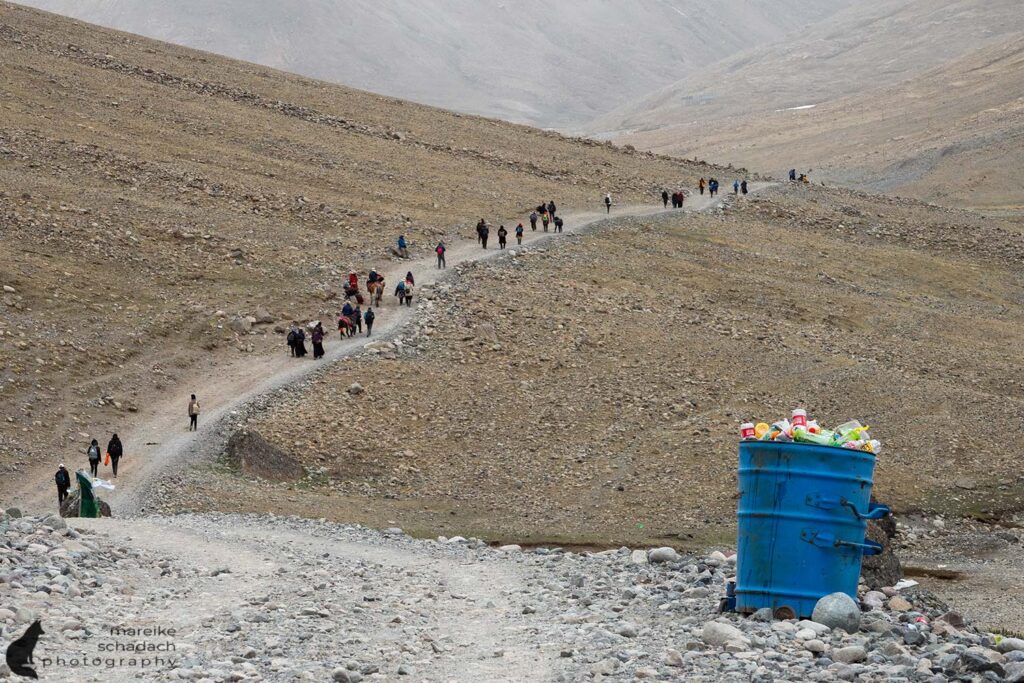
Take nothing but photos. Leave nothing but footprints.
Two sentences that really say it all. But if you like it a bit more detailed, I have listed here what I can think of. The list is not complete, there is certainly much more to add.
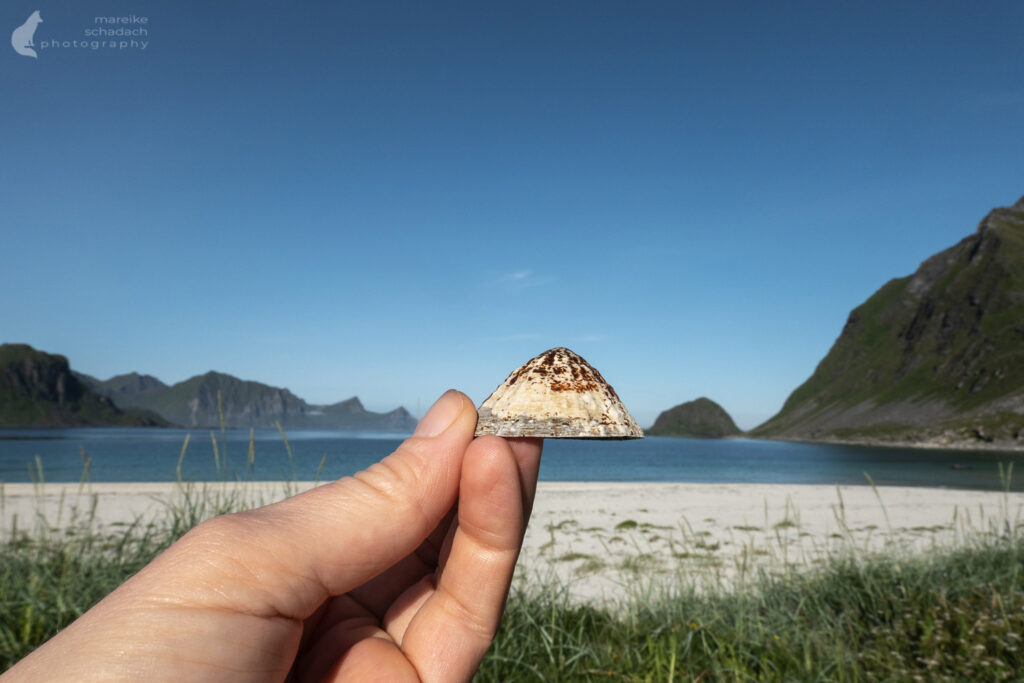
With the increasing drought, the issue of campfires is becoming more and more dicey. In early summer, the forests are already so dry that in large parts of Germany there is a danger of forest fires or even water withdrawal bans are imposed from bodies of water. Nevertheless, devastating forest fires occur every summer.
The responsibility you bear as a hiker for nature and your fellow human beings is multiplied many times over when you light a campfire.
Check the current forest fire danger level on the website of the German Weather Service. Here you can read what exactly is forbidden at which danger level. Here kannst du nachlesen, was genau bei welcher Gefahrenstufe verboten ist.

Other countries also have similar websites where you can look up forest fire levels. Be smart about how you prepare food at camp then. Will there be cold food? Or are camping stoves still allowed? This varies from country to country.
It is always a great pleasure to observe wild animals in their natural environment. However, it is also not without danger - either for ourselves or for the animal.
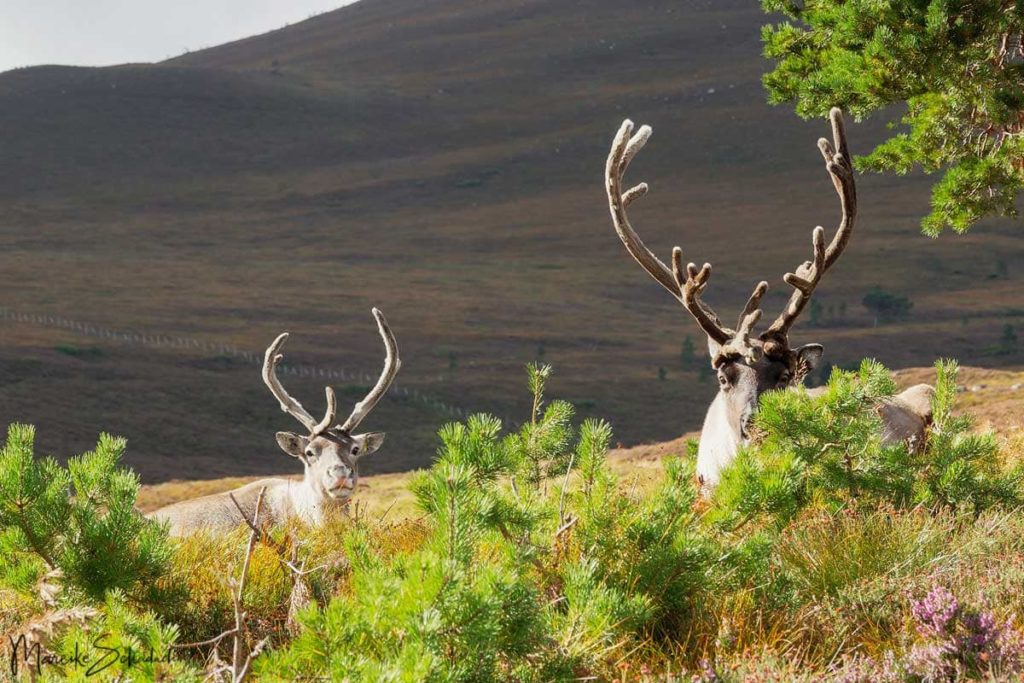

As a hiker, you're rarely alone on the trail. Some trails and national parks can even be overcrowded during peak season. It's not for nothing that the U.S. has a permit system that successfully limits the number of visitors. Too many visitors harm nature and stress the animals living there. But also the hikers themselves are often stressed when they have to share the "lonely" nature with others. Mutual consideration helps! If no one pushes the other off the path or loudly noises up the break area, everything works out better for everyone. And a friendly hello, hej, hola or moin is part of it, isn't it?

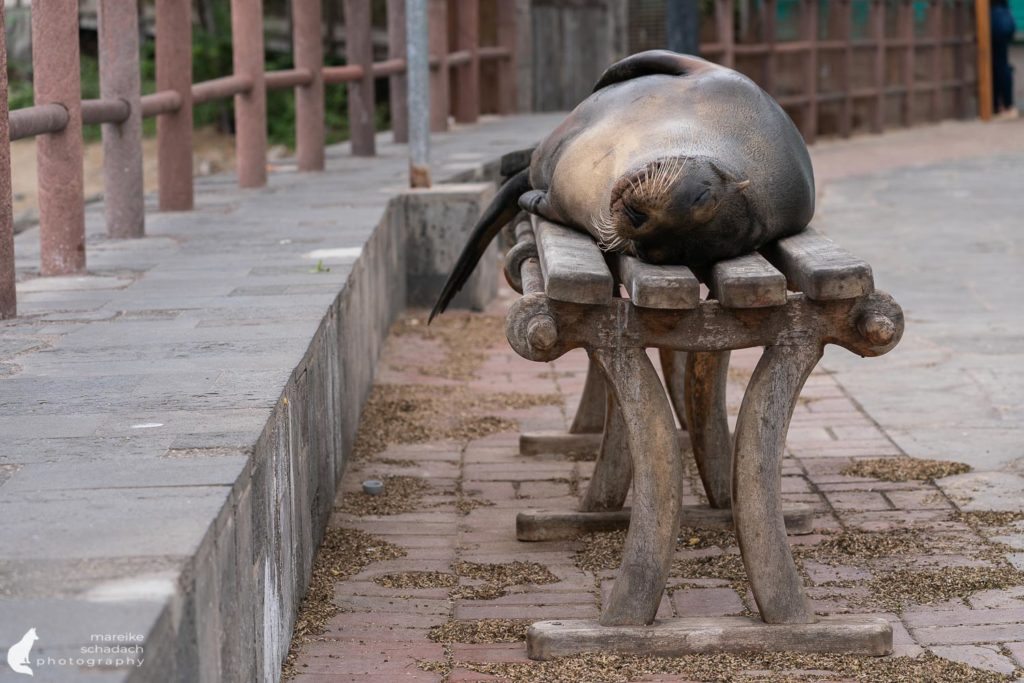
Do you want to know more about nature-friendly travel? Then I can recommend you these books*.
You can order these books at Amazon with a click on the pictures. If you buy a product via one of these affiliate links, I get a small commission and you help me to keep filling Fernweh-Motive with interesting articles. The product will not be more expensive for you.
Do you already know the "Leave no Trace" principles and do you already apply them on your tours? Do you have any questions or suggestions regarding my article? If yes, then write me a comment!
Want to know when there are new articles on my blog? Then follow me on Facebook, Pinterest or Instagram. I am also very happy if you share my article with your friends.
Do you love long hikes as much as I do? Then you might also be interested in my articles about the Laugavegur in Iceland or about the The 9 most beautiful Hikes on the Isle of Skye.
